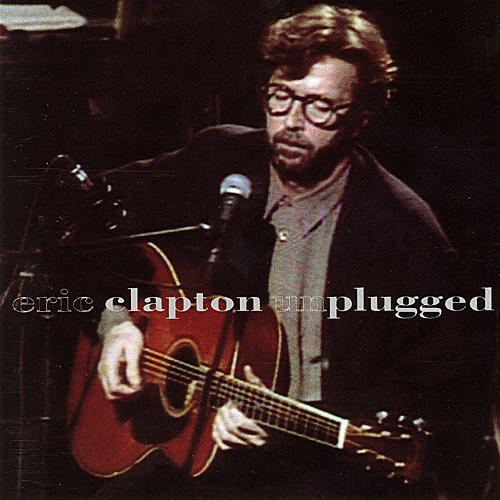 Written by Gary Ewer, from “The Essential Secrets of Songwriting” website.
Written by Gary Ewer, from “The Essential Secrets of Songwriting” website.
For songwriting tips and notification of blog updates, FOLLOW GARY ON TWITTER
Download “The Essential Secrets of Songwriting” suite of 6 e-books now at a 50% saving.
_________________________________
It’s amazing how little you have to change a song’s presentation in order to come up with something that really works. A week ago I wrote about how a song can seem totally unremarkable, but in the hands of a different singer with a slightly different approach, it can be a #1 hit. One aspect of performance that is easy to experiment with, once you’ve got a song that works, is tempo.
And it’s funny that that is one feature of performance that we often ignore. It’s remarkable how much a song changes when you change the tempo. You’ll find that song energy will rise or fall based on what you do with tempo.
By taking a fast song and slowing it down, you find that you hear something different coming through: a new mood, a new perspective, and definitely a new aura.
 Think of “Layla” by Derek and the Dominos. It was performed at a metronome tempo of 116 BPM. Eric Clapton’s unplugged remake of 1992 took a much slower tempo: 96 BPM. And of course the slower tempo gives rise to an entirely new aura. The unplugged slower version has a sultry feel that comes across as much more introspective. Slower tempos have a way of adding an air of profundity to the lyric.
Think of “Layla” by Derek and the Dominos. It was performed at a metronome tempo of 116 BPM. Eric Clapton’s unplugged remake of 1992 took a much slower tempo: 96 BPM. And of course the slower tempo gives rise to an entirely new aura. The unplugged slower version has a sultry feel that comes across as much more introspective. Slower tempos have a way of adding an air of profundity to the lyric.
Don’t expect a new tempo to fix your song if your song has structural or compositional problems. You need a song that works on some level. But if you feel that your song just seems boring or predictable, try modifying tempo. Some other quick ideas for breathing life into your songs:
- Try a different time signature. Most pop songs are in a 4/4 time signature, so try something a bit more distinctive, like modifying rhythms to fit into 3/4, or even something asymmetrical, like in 5 (“Everything’s Alright” From “Jesus Christ Superstar”, or in 7 (“Solsbury Hill”)
- Try a unique instrumentation, such as string quartet, or add unique instruments that don’t make it into popular music genres all that often: french horn, oboe, english horn, ukelele, etc.
- Play with the background feel or the backing rhythm: try it as a kind of “shuffle” in a 3-subdivision of the beat (Clapton’s remake of “Layla” does this.) And try your backing rhythm instruments in double time especially if your song is lacking the energy you’re looking for.
______________________________
Gary Ewer is the author of several songwriting e-books that examine pop songs from the past several decades, and show you why those songs became hits, and what you can do to FIX YOUR SONGS! Read more..










Pingback: Layla: Συνοπτική μουσικολογική και παραγωγική φωτογράφηση ενός μύθου | Λέξεις, νότες και γραμμές